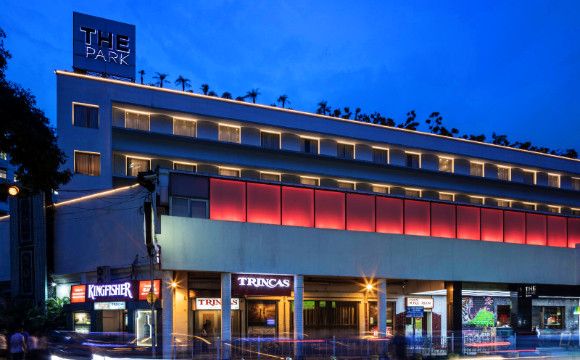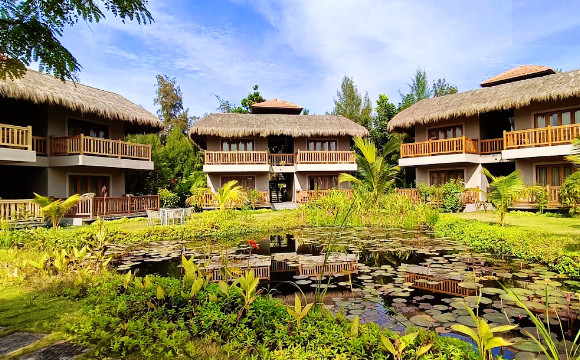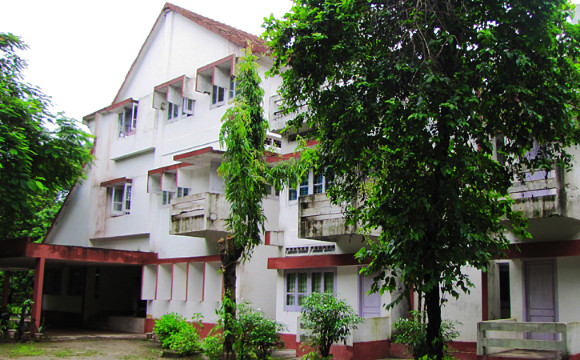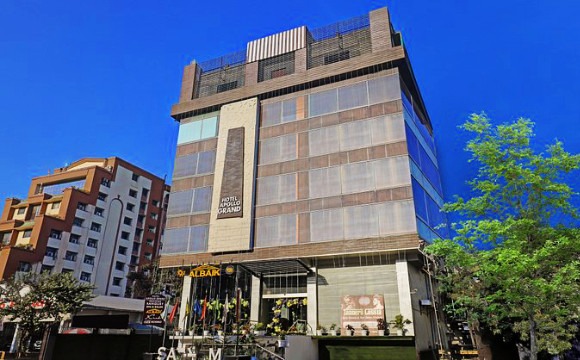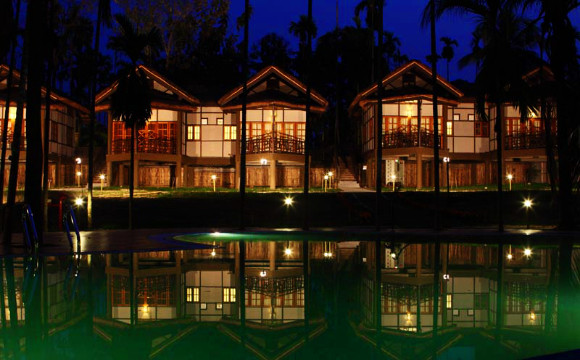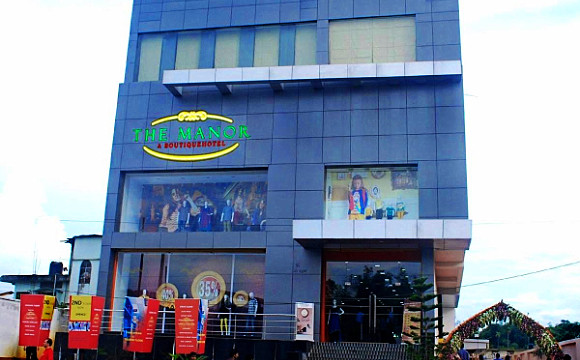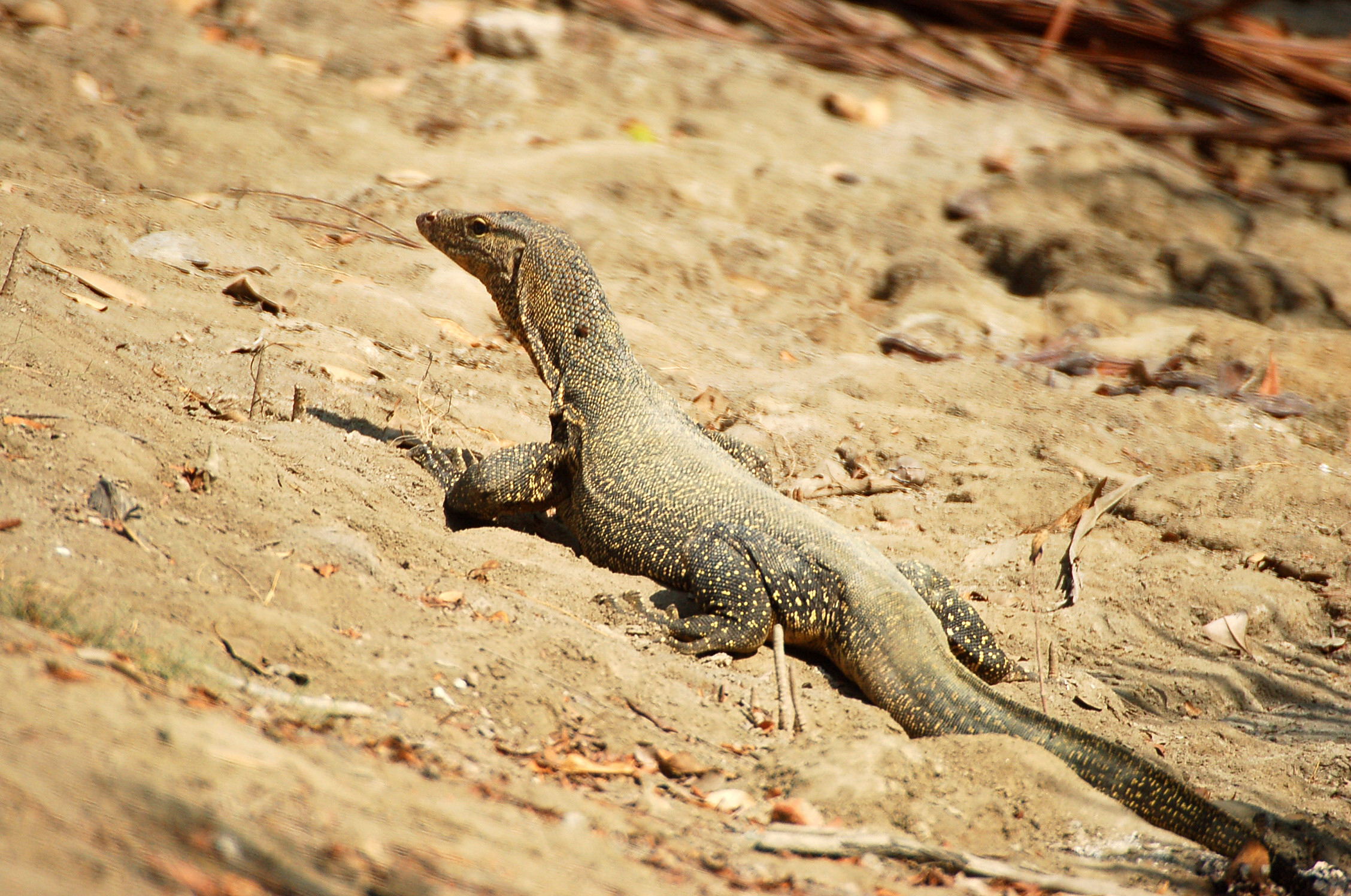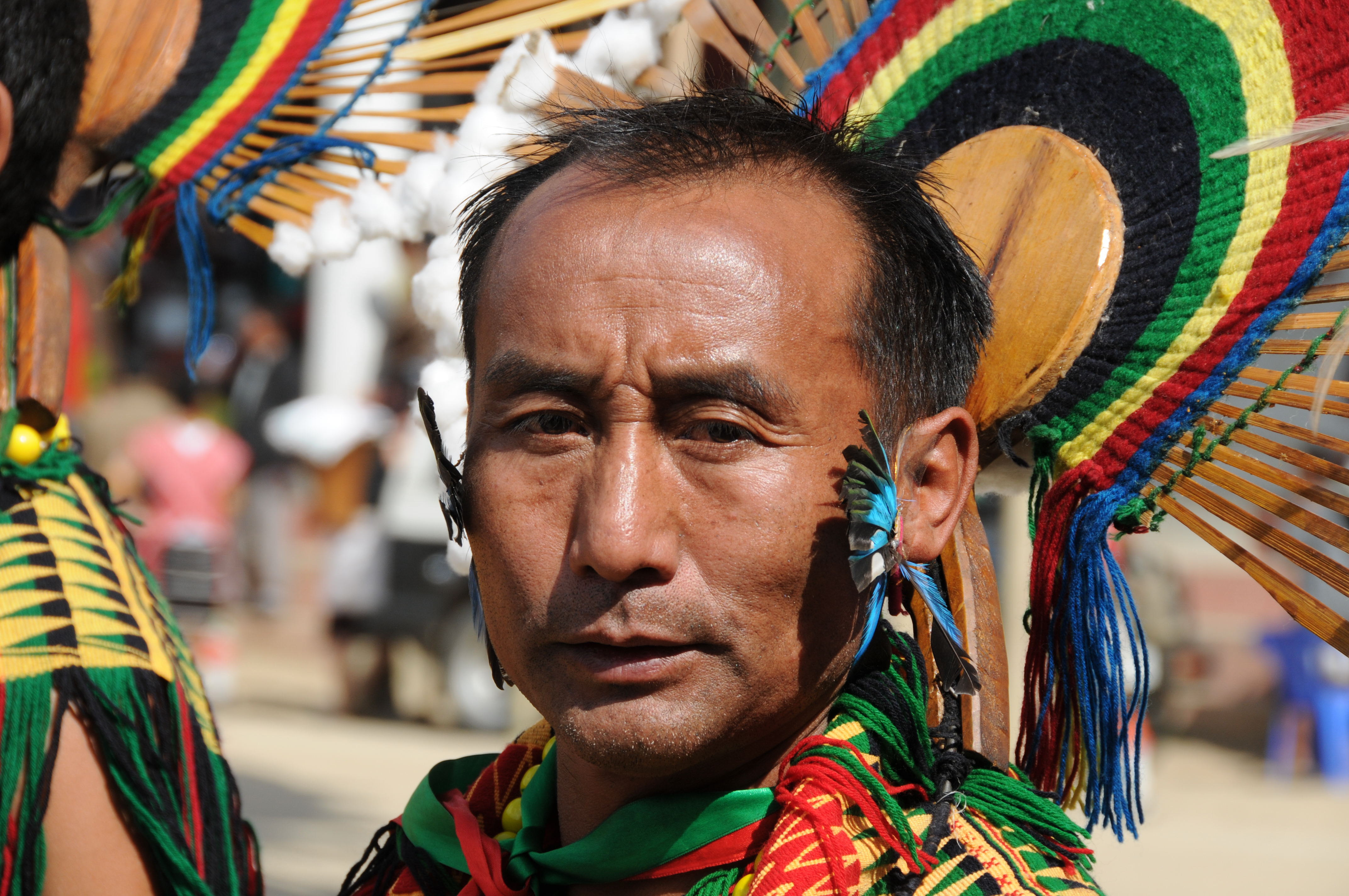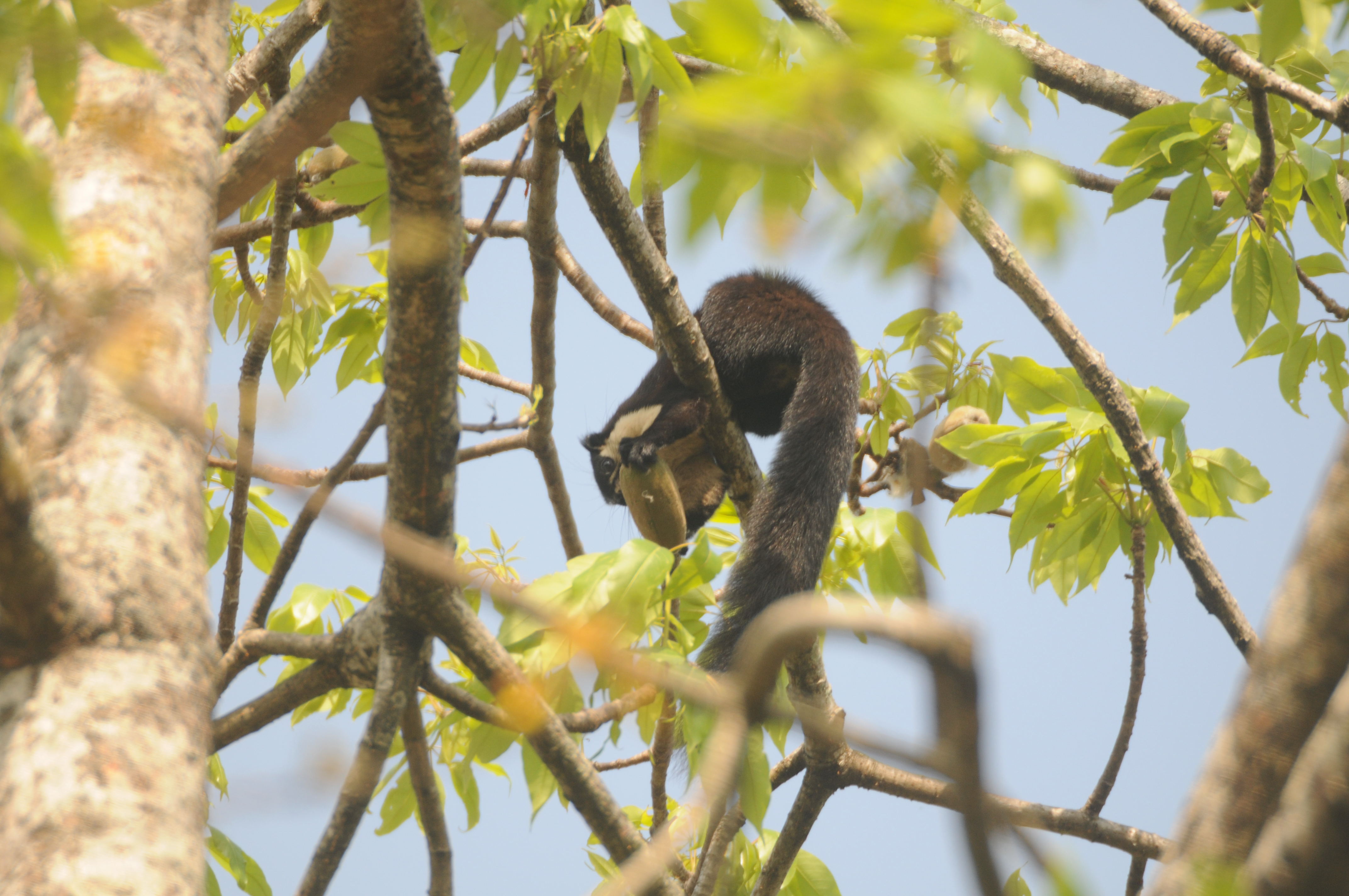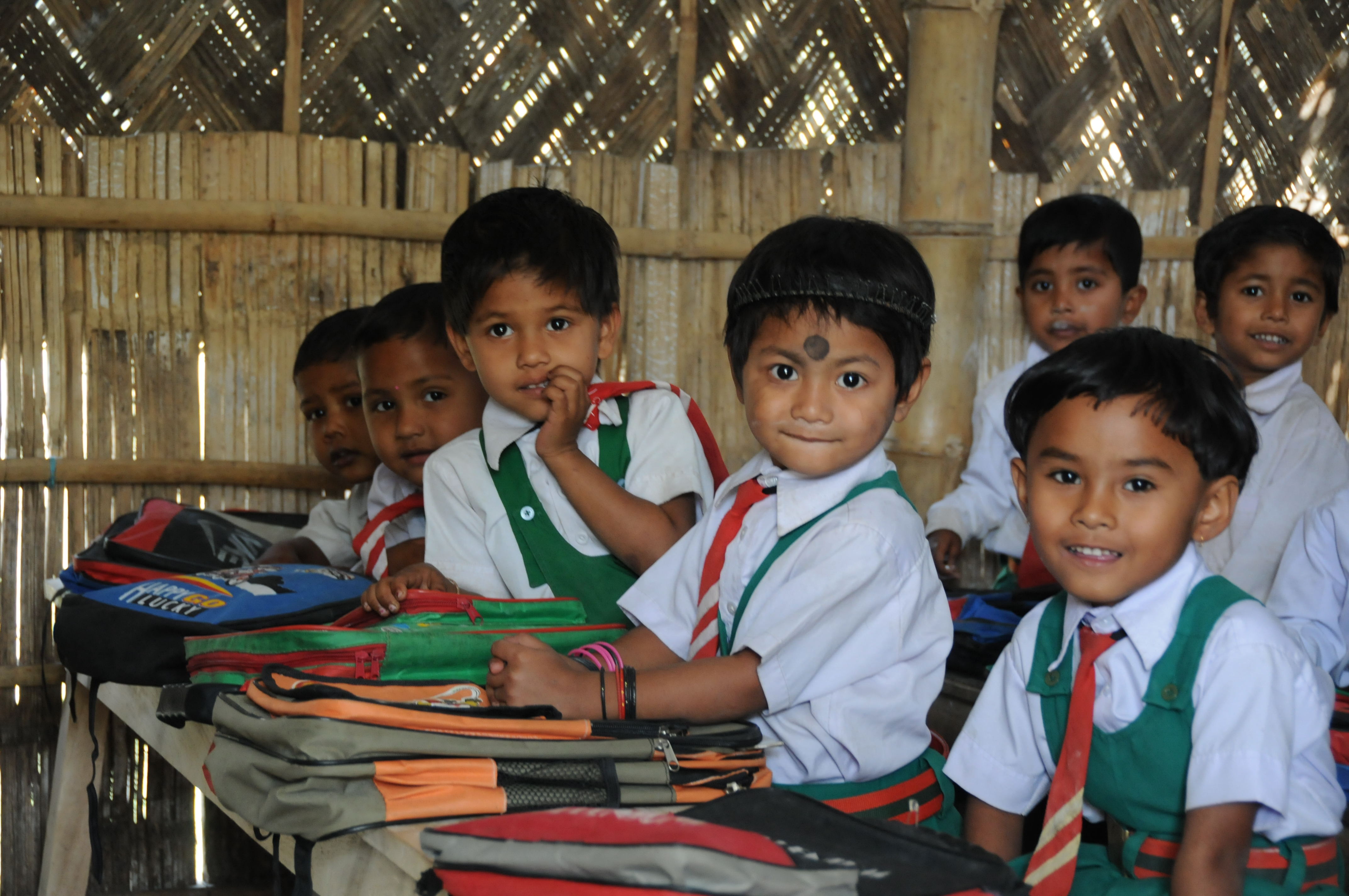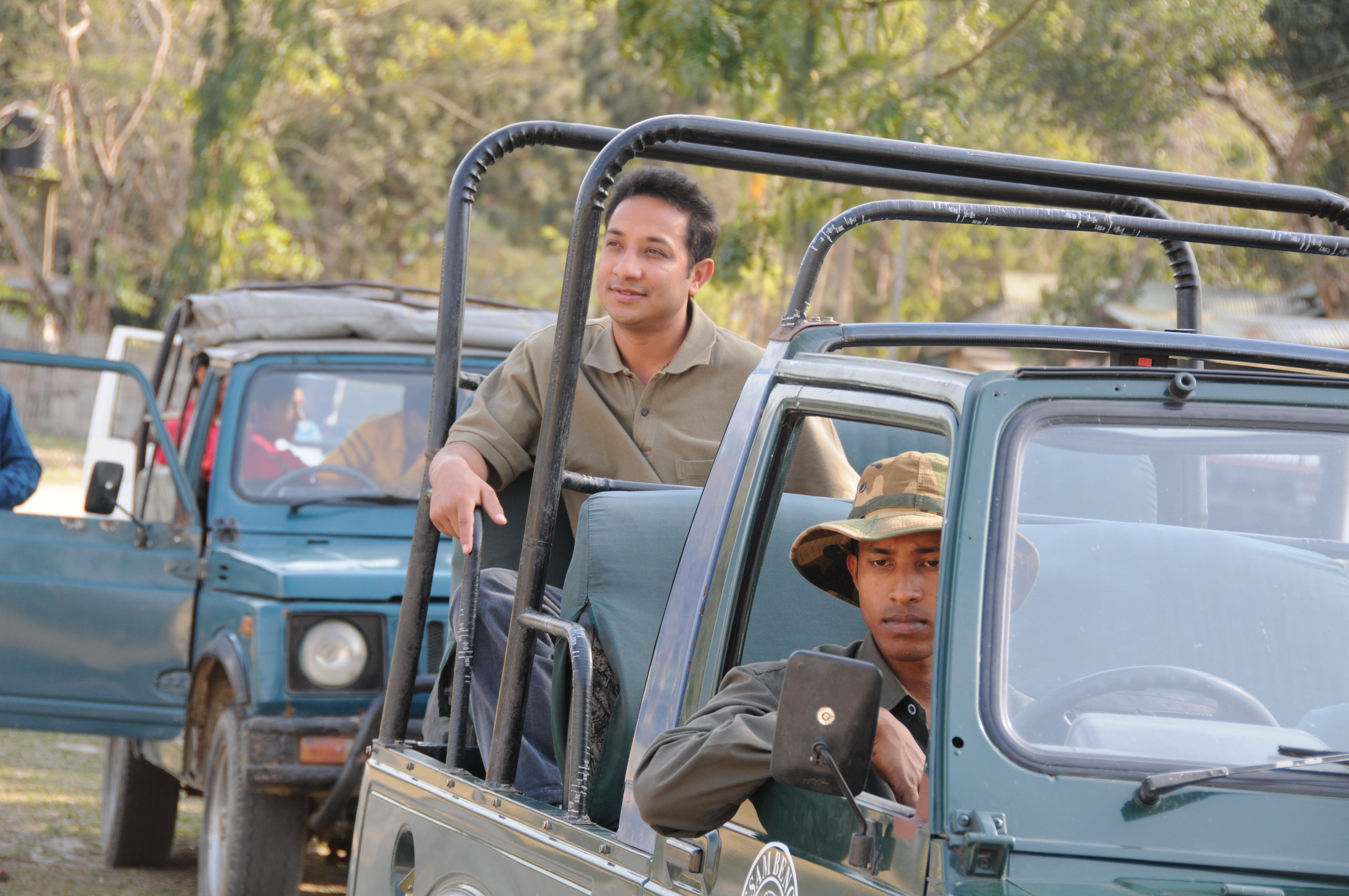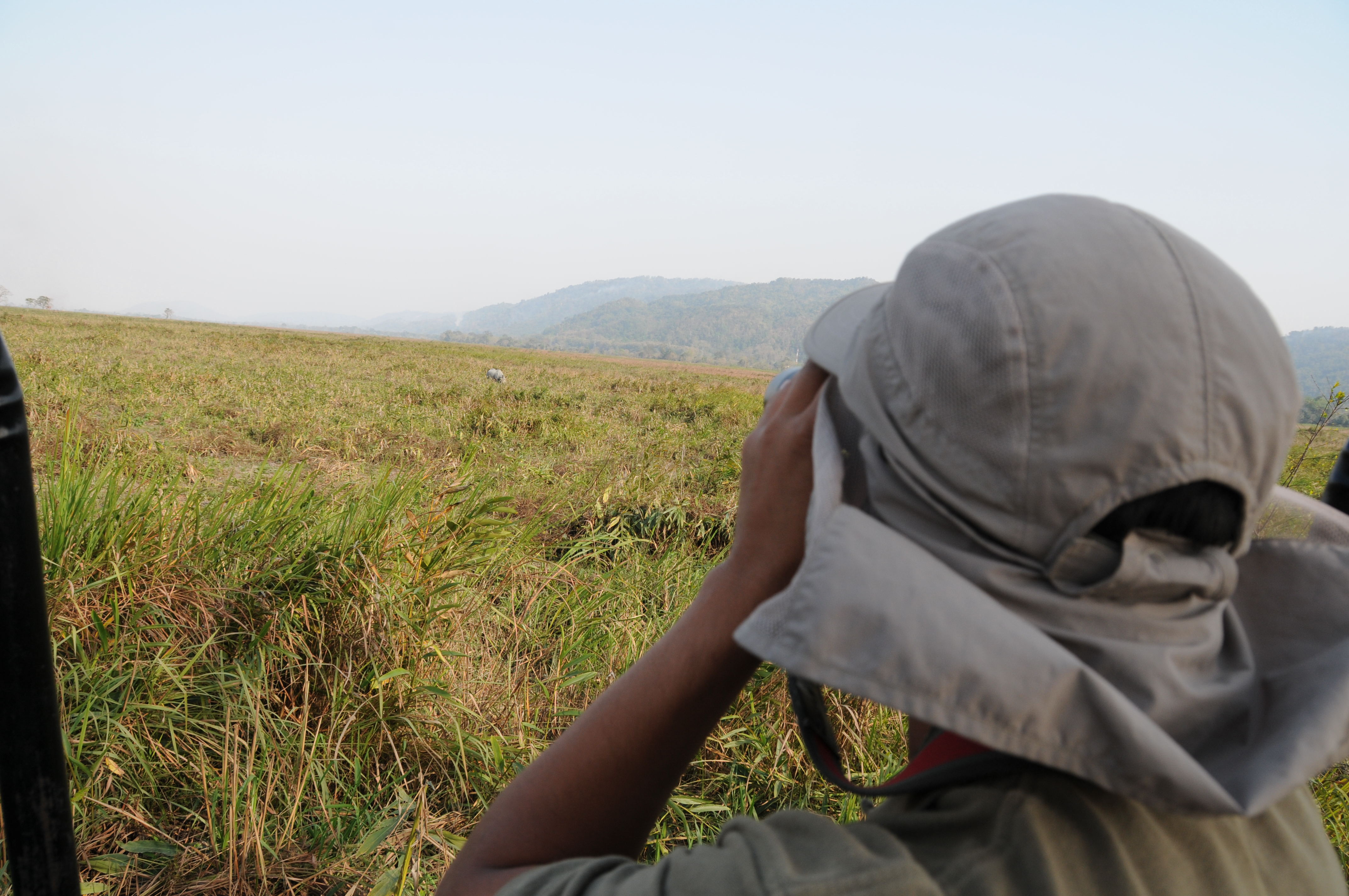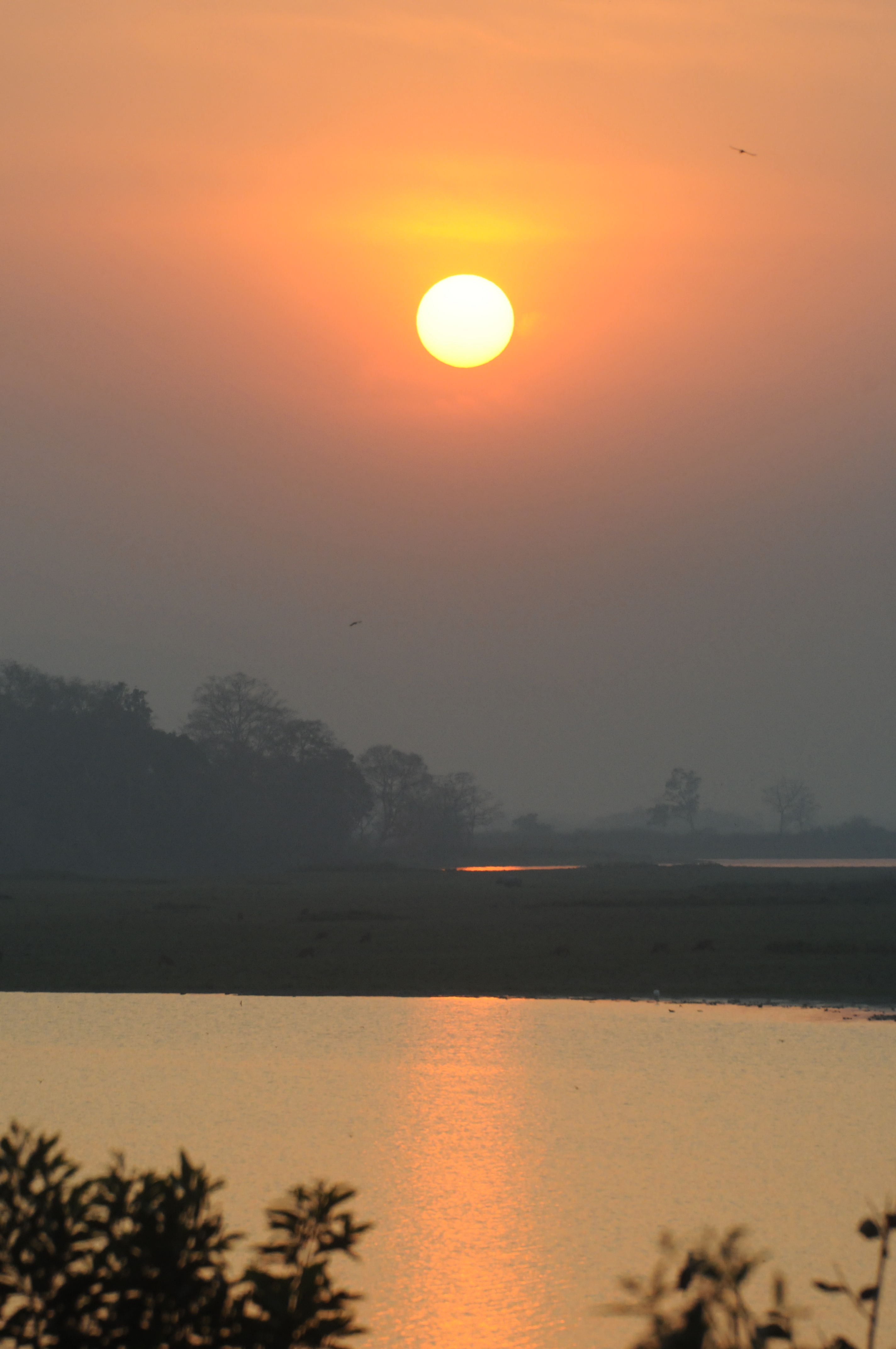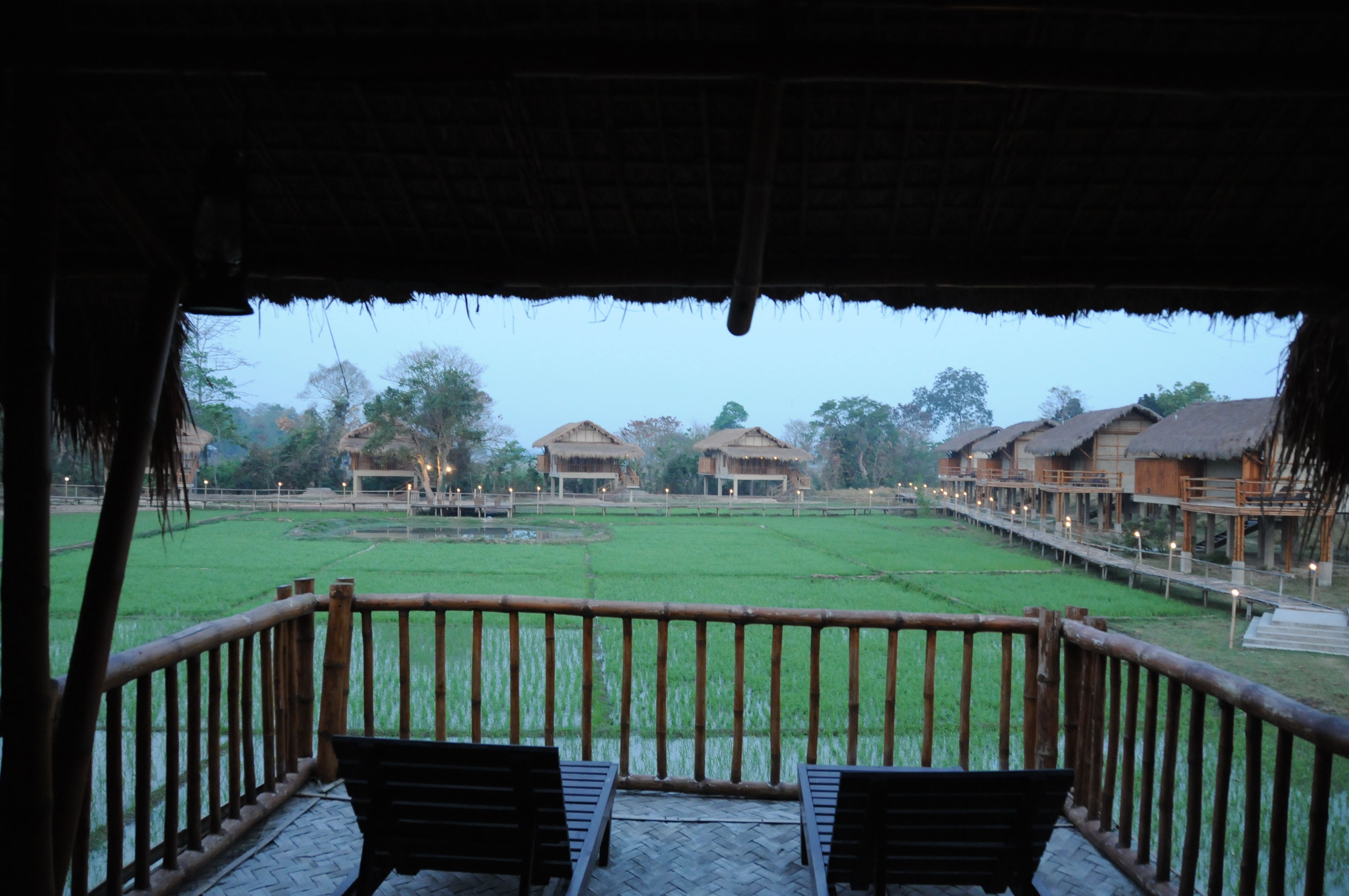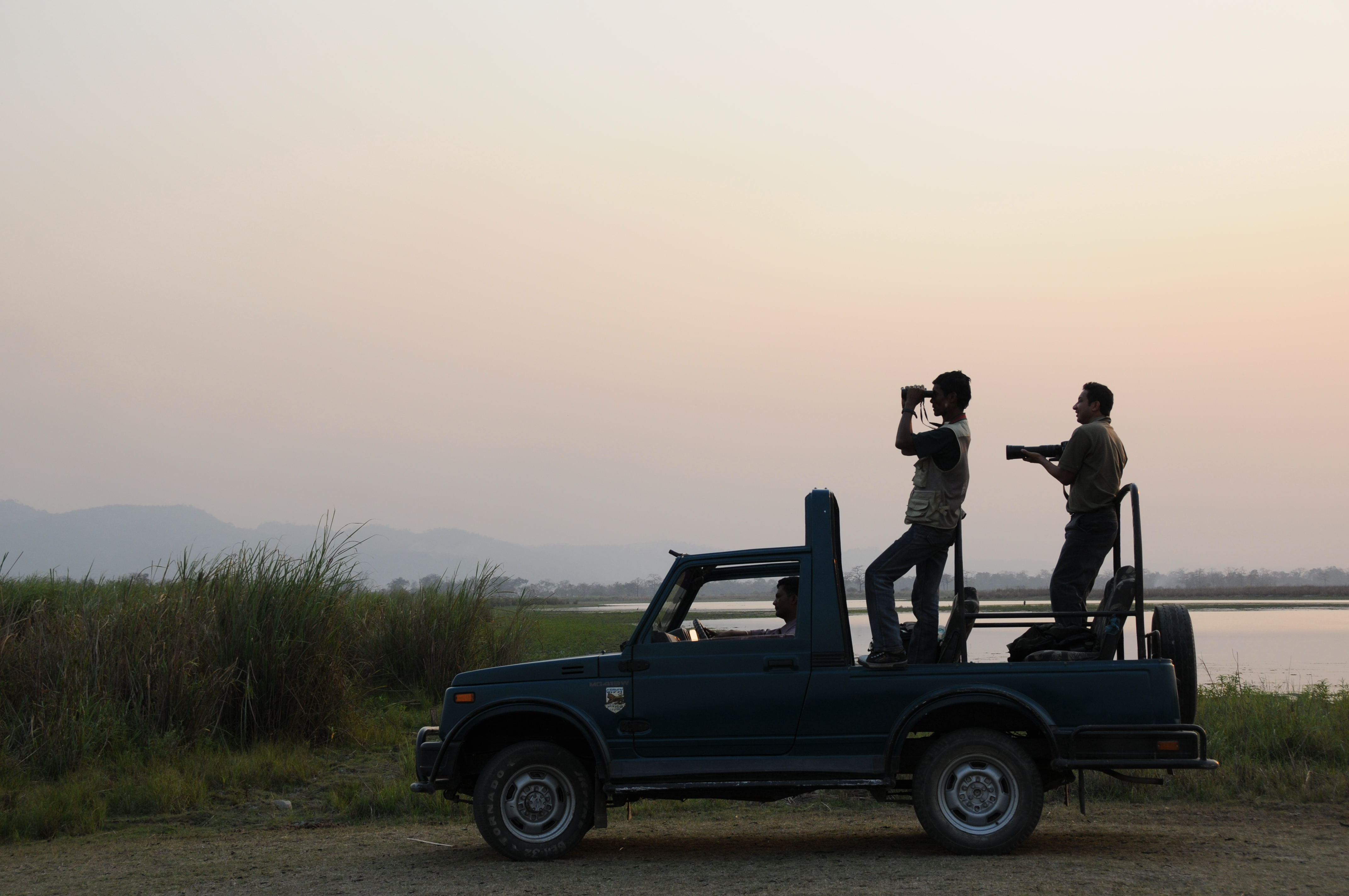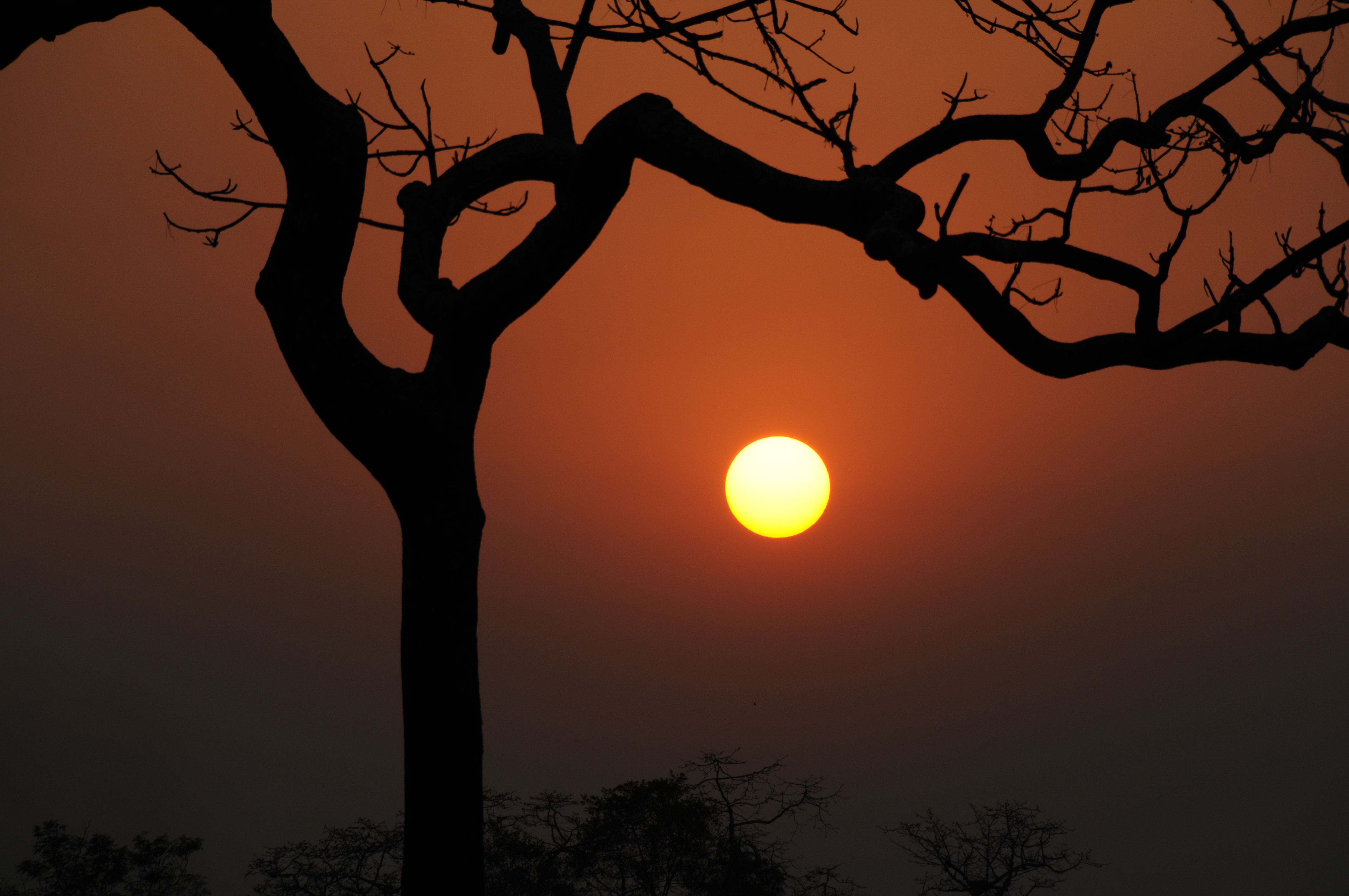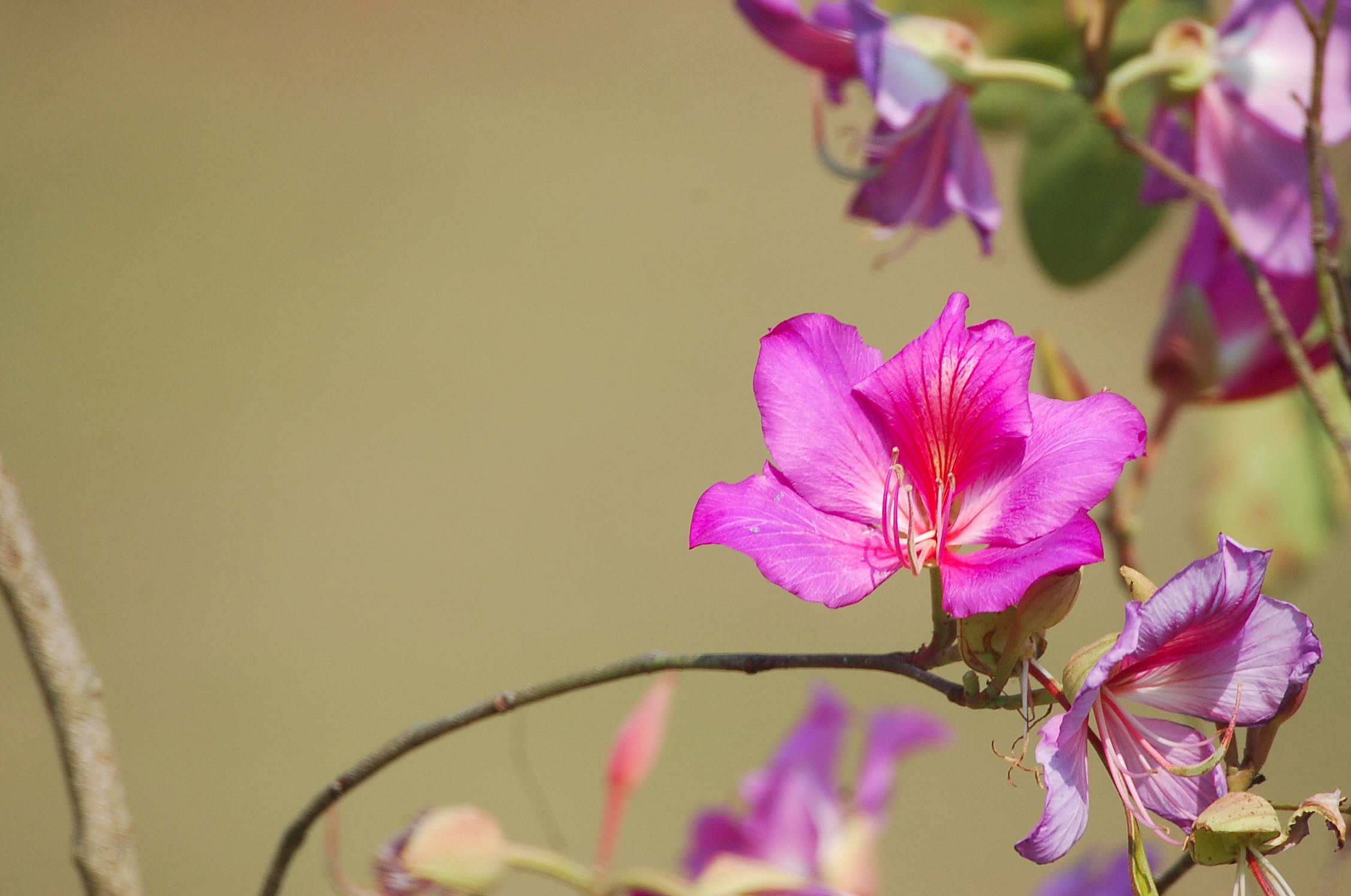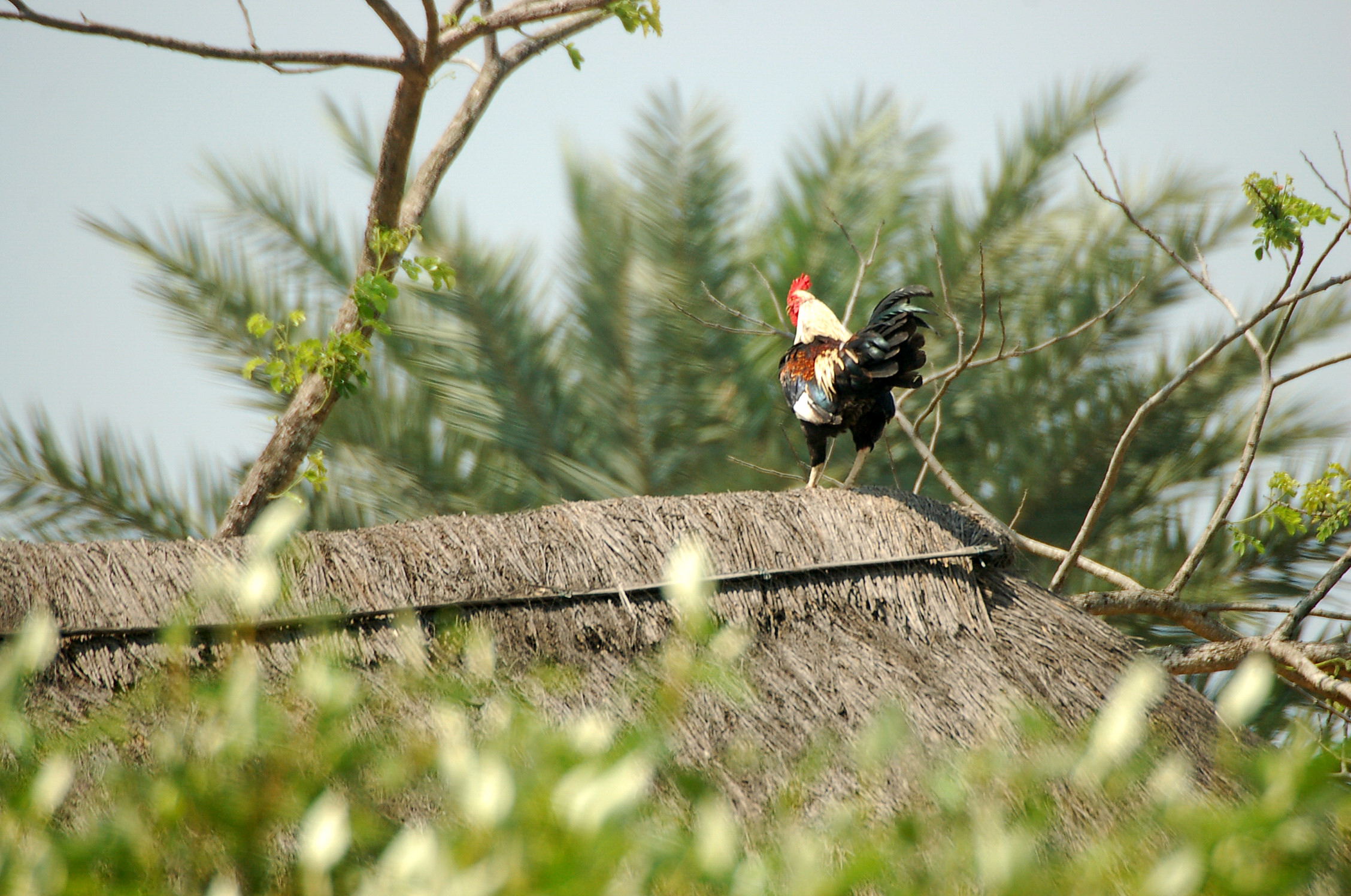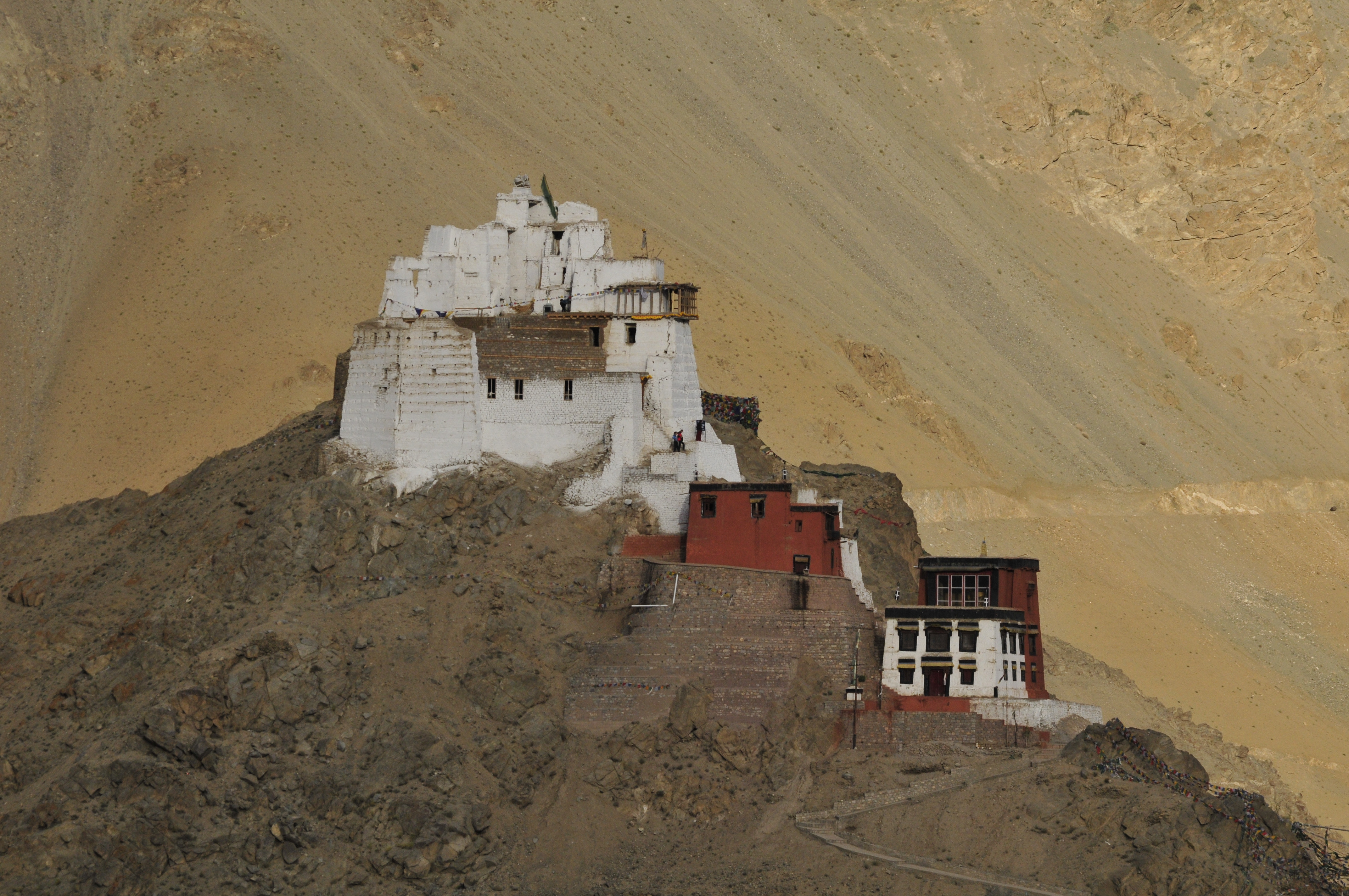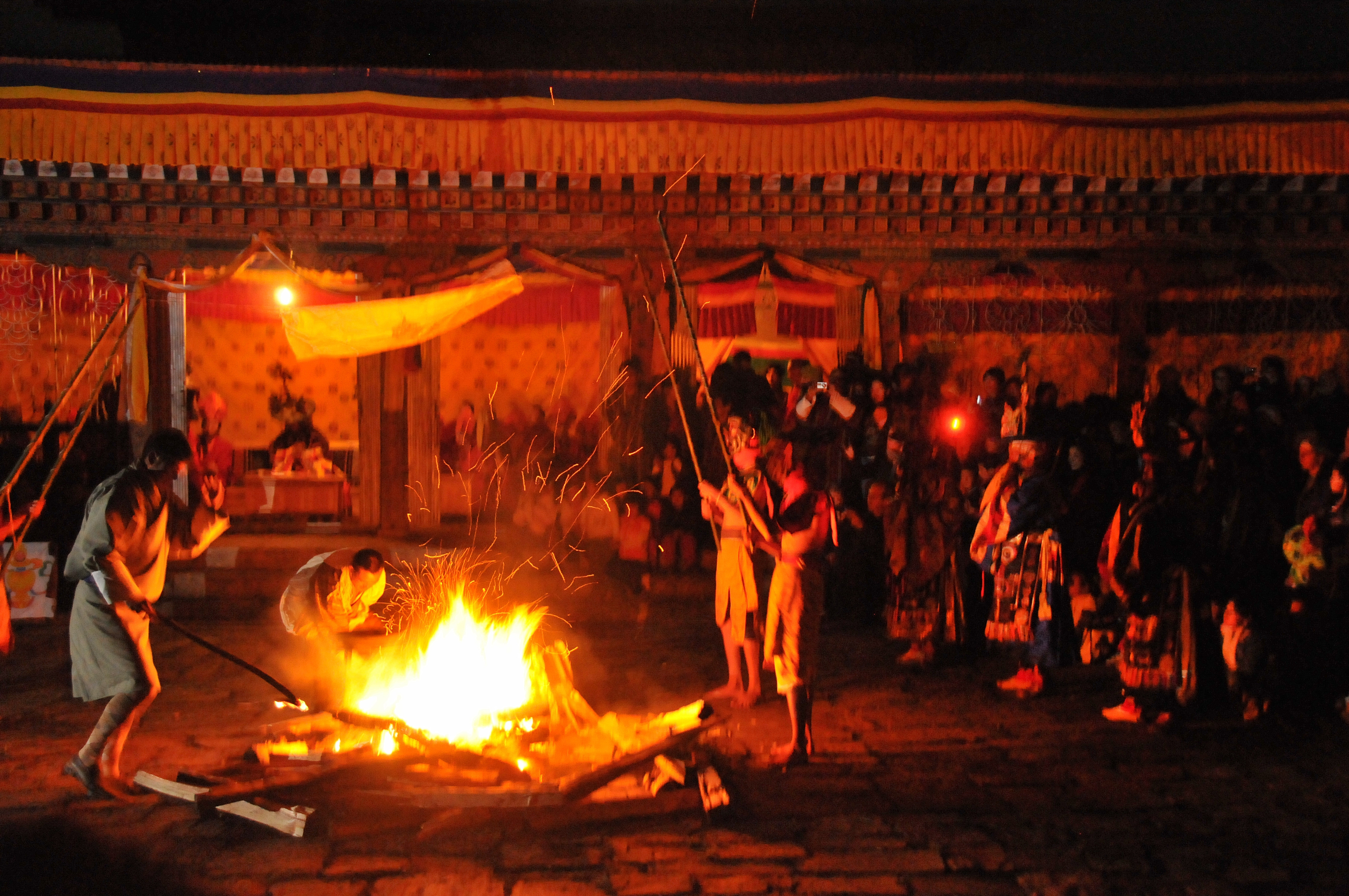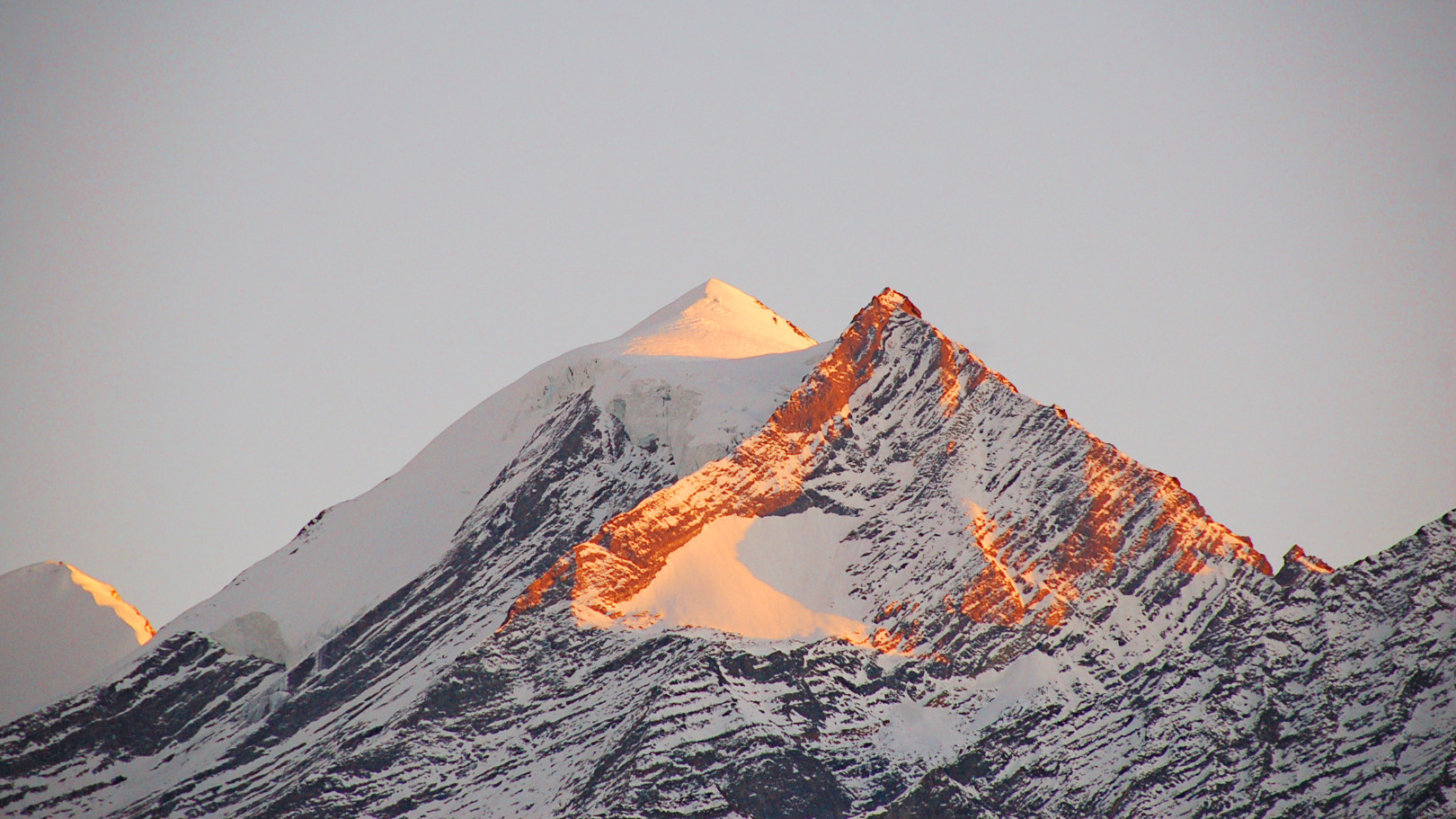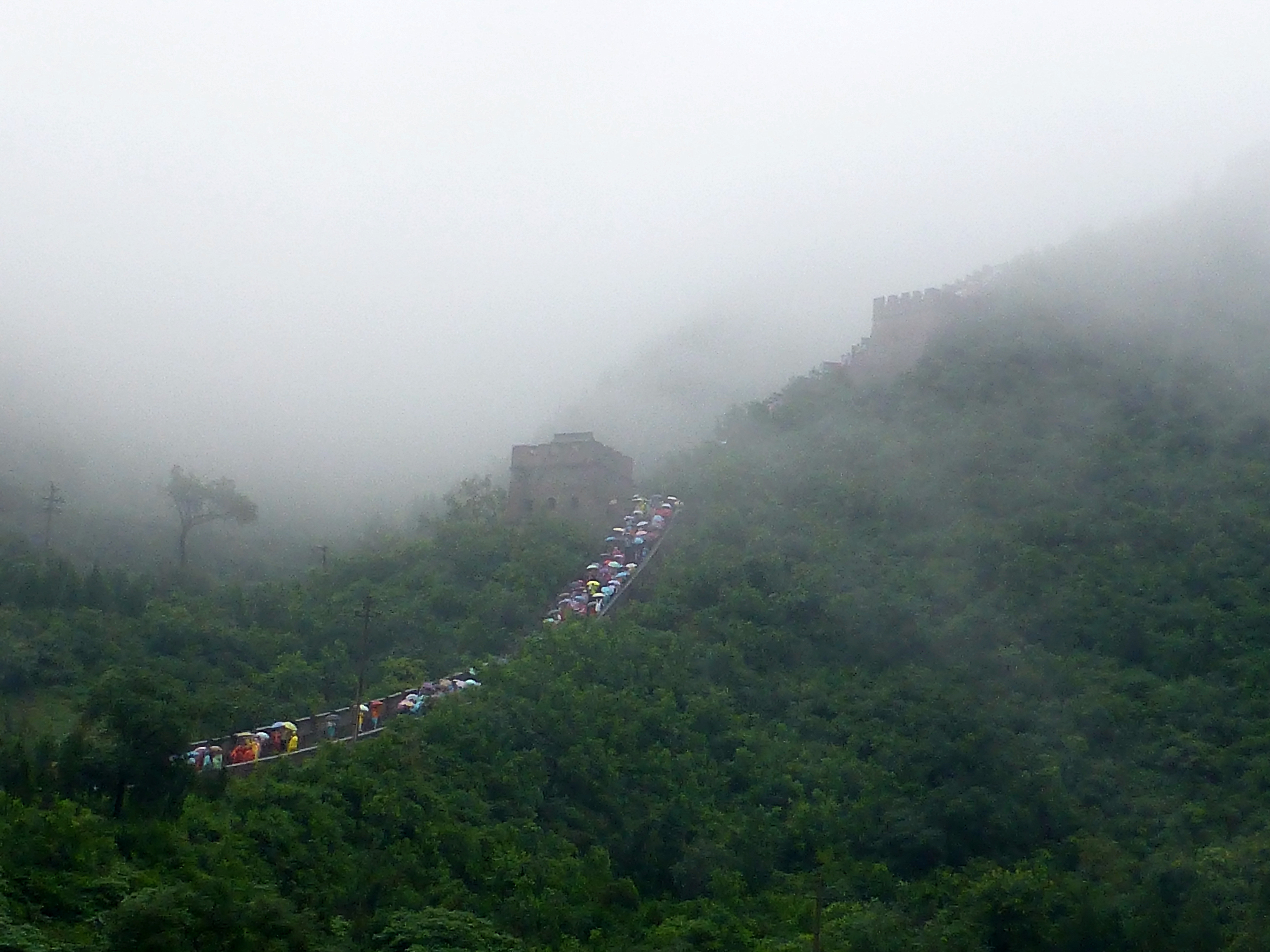Mysterious North-East India
Highlight
- Exploring the three great wilderness (national parks) areas of East India: Sunderban, Manas and Kaziranga
- The world’s largest population of Indian One-horned Rhinoceros in Kaziranga
- Hog Deer, Swamp Deer, Hoolock Gibbon & the chance of seeing a Tiger
- Extensive bird list featuring waterbirds, raptors & Bengal Florican
- Highly endangered species of mammals such the rare Pygmy Hog, the Hispid Hare and the Golden Langur, Fishing Cats, Wild Buffalo, Wild Dog (Dhole) in Manas National Park
- The cultural sights of Calcutta (now Kolkata) and the million-strong metropolis of Assam-Gauhati
- The visit to the Hornbill Festival of the archaic headhunting tribes “the Nagas” of Nagaland
Trip Facts
Start & End Point
Kolkata/Kolkata
Duration
18D/17N
Best Time
Spring/Autumn
Grade
Easy to Moderate
Activity
Wildlife, Safari , Culture
Accomodation
3-5* Hotel, Resort, Jungle Lodge
Meals
Max. Elevation
1500 m
Itinerary
Welcome to India! Upon arrival in Kolkata a HIM-NAT guide/representative will be at the airport to greet and take us to our hotel. Please look out for your name-card once you exit out of arrival area.
The rest of the day is at leisure. Overnight stay in Kolkata.

Accommodation
Hotel
Meals

Maximum Altitude
In the morning, you will start your journey by getting to know India's most culturally rich and vibrant metropolis: Kolkata, the "City of Joy", of the French bestseller and film.
(Kolkata, which was called Calcutta until 2001, is the capital of the state of West Bengal. Kolkata is an industrial city, transport hub and cultural centre with museums, galleries, universities, theatres and cinemas. In addition, the city is the Catholic bishop's seat and an important Hindu place of pilgrimage).
You take a traditional tram ride, a "Sunset Cruise" on the Ganges, India's holy river, and visit sights such as the imposing Writers Building, the Victoria Memorial Hall, the Jalighat Temple, the ashram of Mother Teresa, the newly renovated City Hall, but also the house of the famous Indian writer Rabindranath Tagore.

Accommodation
Hotel
Meals
Breakfast
Maximum Altitude
In the morning bus journey to the Sunderbans, the largest estuarine delta in the world, created by the Ganges, Brahmaputra and Meghna. For two days we will explore it mainly by boat in search of rare wildlife and birds. Numerous Bengal tigers live here, which still prey on people in the border area of India and Bangladesh. We may also see swamp crocodiles, sharks, snakes, birds and typical mangrove inhabitants such as mudskippers and hermit crabs.
In the afternoon, boat excursion across small rivers and canals to the Sudhanyakhali observation tower. Here we will be on the lookout not only for birds but also for axis deer, rhesus monkeys, smooth otters, Gangetic dolphins and tigers - so the viewing platforms can only be reached through lattice walkways.

Accommodation
Hotel
Meals
Breakfast
Maximum Altitude
Full day boat trip - we might see one of the famous "swimming tigers" of the Sunderbans. Destination is the Netidhopani Observation Tower.
In the evening, villagers perform a play about the history of the Tiger Lord and the forest gods, fishermen and honey gatherers.

Accommodation
Hotel
Meals
Breakfast
Maximum Altitude
On a walking tour we will learn about the life of the villagers and learn about their farming methods and the implements they use. We will also travel in a traditional houseboat - much like the villagers on trips into the mangrove to fish and collect honey and wood.
Return to Kolkata in the afternoon.

Accommodation
Hotel
Meals
Breakfast
Maximum Altitude
In the morning short flight to Gauhati (Guwahati), the capital of the state of Assam. Then bus ride to the Manas Tiger Reserve. The long drive is interrupted by several stops before we reach the Jungle Camp. It is run by the Bodo tribe, who have done great service to the conservation of the tiger reserve.

Accommodation
Jungle Resort
Meals
Breakfast
Maximum Altitude
Located in the foot hills of the Himalayas on the border with the Kingdom of Bhutan, Manas National Park, also a UNESCO Natural Heritage Site, is one of the most beautiful and diverse protected areas in the world. The species-rich reserve is not only important for the conservation of tigers, elephants and rhinos. Four endemic, endangered animal species live here: the bristlenose rabbit, the golden langur, the pygmy hog and the Assam roof turtle.
We will spend the first two days with excursions in the park and extensive animal observations. We will also learn about the work of the rangers. In the evening, presentation on the conservation projects in the national park and Bagurumba cultural programme, villagers will tell the story of the Bodos and their connection with the Manas wilderness. On the third day we will learn about life in the Bodo villages and the culture of the local people and experience rides in a buffalo cart.

Accommodation
Jungle Resort
Meals
Breakfast
Maximum Altitude
In the morning drive back to Gauhati. On the way visit "Hajo" a medieval pilgrimage centre for believers of the three religions - Hindus, Buddhists and Muslims. Visit to Sualkuchi, a textile centre in Assam famous for Muga silk, Pat silk, Eri silk.
If there is still enough time, visit Assam's capital with some of its cultural sights. Enjoy the sunset on a "Sunset Cruise" on the Brahmaputra.

Accommodation
Hotel
Meals
Breakfast
Maximum Altitude
In the morning transfer to Kaziranga. Slowly leave the densely populated area and spot native birds like Bengal rockets, herons and storks.
Finally, drive along the Kaziranga National Park, where one or more One horned rhinos might already be standing in the swamp meadows.

Accommodation
Hotel
Meals
Breakfast
Maximum Altitude
Kaziranga, one of India's most wildlife-rich reserves and a UNESCO World Heritage Site, is a lush green floodplain of the Brahmaputra. Elephant grass and reed plains as well as dense gallery forests provide a habitat not only for armored rhinos, but also for elephants, wild buffalo (arnis), barasinga deer and many tigers. Gangetic dolphin, smooth otter and Hulock's gibbon are also native to the area, as well as some 500 bird species: from Bengal bustards to banded sea eagles, storks and herons to wading birds and kingfishers. Ganges gavial, swamp crocodile, reticulated python and rock python may also show up - but rarely poisonous snakes like cobras and kraits. The first two days in the park start with an elephant ride of about one hour, during which the interest is mainly on the armoured rhinos and Barasingha deer.
Later, as well as in the afternoon, we will visit the four major areas of the park in small off-road vehicles and usually get to see four of the "big five" of the national park - with a bit of luck, maybe also number 5, the tiger.
On the third day you will visit a tea plantation and the forest area of Banbari, get to know a traditional Assamese village and also see coffee and rubber plantations. A boat trip on the Brahmaputra awaits you at sunset. In the monsoon season it floods large parts of the national park, which is then closed to visitors.

Accommodation
Hotel
Meals
Breakfast
Maximum Altitude
After breakfast departure to Touphema (approx. 8 hours drive).
After arrival move into typical Angami Naga style huts. Angami are the original inhabitants of this area. In the evening demonstration of traditional dances and dinner around the campfire.

Accommodation
Traditional Naga Hut
Meals
Breakfast
Maximum Altitude
Today we leave the park and drive to Kohima, the capital of Nagaland. The inhabitants of Nagaland were once feared head-hunters. The various Naga tribes represent an Indo-Mongolian ethnic group. In the afternoon, visit a traditional market and admire the variety of local handicrafts.
Kohima is the hilly capital of the state of Nagaland with an altitude of 1,495 m and a population of about 80,000. The population of the city, which lies on the top of a mountain ridge, is made up of all 16 tribes of Nagaland. The development of the town runs serpentine along this ridge, which is typical of populated areas in Nagaland. Kohima owes its name to the plant "Kew Hi", which grows in the mountains of Nagaland. "Kew Hi Ma" means the man from the land where the flower "Kew Hi" grows. During the Second World War, the advance of the Japanese and the Indian National Army was stopped in the battles of Kohima and Imphal. This 1944 event is still commemorated by the Second World War Cemetery. The war cemetery is located on Garrison Hill, which was the scene of fierce fighting. "When you go home / tell them of us and say / for your tomorrow / we gave our today", which adorn the 2nd British Division memorial, have become world famous under the name Kohima Poem).

Accommodation
Hotel
Meals
Breakfast
Maximum Altitude
In the morning drive to Khonoma village. On the way we will see magnificent mountain scenery, waterfalls and stunning flora of orchids and ferns. Khonoma is famous for the former battles of the British during their advance into the Naga Mountains. During the Hornbill Festival, drive to Kisama Heritage village to take part in the festivities. The festival is dedicated to the hornbill and the Nagas gather in their traditional attire to celebrate and dance - a unique and very colourful experience! In December, the colourful Hornbill Festival is celebrated here, where thousands of Nagas gather and continue their ancient traditions with dances.

Accommodation
Hotel
Meals
Breakfast
Maximum Altitude
In the morning transfer to Jorhat. In the afternoon visit Majuli Island. This river island is located about 20km from Jorhat in the Brahmaputra River. The island has a rich natural and cultural history. Its birdlife is particularly diverse. The population of the island lives in 23 villages and consists mainly of tribal people. Combined with a unique Hindu monastery , these special characteristics of Majuli Island have resulted.
Jorhat is a town in Assam, India. Jorhat was introduced by the decaying and declining Tunkhungia Ahom dynasty, as the new capital city of Assam in the last years of the 18th century. Jorhat, the city name means that the trading centres (=ind. "hat") were fairly connected. The two parallel trading centres, Chowkihut and Macharhut, located on the eastern and western banks of the river Bhogdoi, were united. Jorhat today is an upstart cosmopolitan city. It is the best laid out town in upper Assam with extensive perpendicular intersecting roads. The people of Jorhat are very rich in art and culture.

Accommodation
Hotel
Meals
Breakfast
Maximum Altitude
We leave Jorhat behind and drive to the airport for your return flight to Kolkata and after a few hours stay in the city, connect your homeward-bound flight in the evening.

Accommodation
Hotel
Meals
Breakfast
Maximum Altitude
Date & Cost
| Start & End Date | Status | Cost | Handle |
|---|
Include
- Airport (pick up/drop off) transfers by private A/C vehicle
- Twin-Sharing room accommodation at all hotel/resort as mentioned
- Daily breakfast throughout the trip and other meals as mentioned in the itinerary
- Guided Sightseeing, all activities and day excursions as per itinerary
- All sightseeing and long distance transportation in private air-condition vehicle
- Services of a local guide for sightseeing tours
- Country Boat for full day in Sunderbans for wildlife viewing/Bird watching
- Sunset Cruise on river Brahmaputra River on seat sharing basis
- 3 Jeep Safaris each in Kaziranga & Manas National park (5-6 persons sharing a Jeep)
- Entrance fees (national parks/conservation areas/monuments etc.)
- Domestic flights as per the itinerary
- All applicable government taxes
Exclude
- International air tickets
- Visa fee
- Travel insurance
- Meals not mentioned in the itinerary
- Personal equipment and equipment
- Tips for trip leader/guide, driver, hotel staff and porters
- Items of personal nature such as alcoholic beverages, soft drinks, laundry, and other unforeseen expenses
- Items/services not listed in "included"
- Extra expenses/payment for 'OPTIONAL’ activities/programs if opted in
Accomodation
Gallery
Map
Frequently Asked Questions
The Hornbill Festival is a vibrant celebration of the Naga tribes' rich cultural heritage. Held in December, it showcases traditional dances, music, and crafts, providing an authentic experience of this unique tribal culture.
Yes, this trip is suitable for families, though children should be comfortable with long drives and some walks in national parks. The cultural and wildlife experiences are enriching for all age groups.
All foreign travelers need a valid Indian visa. You can apply for an e-Visa online, which is valid for up to 60 days, or opt for a regular tourist visa for longer stays.
Yes, we can tailor the itinerary to your preferences, such as focusing more on wildlife, tribal culture, or adding extra days for relaxation or exploration.
